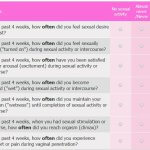Testing for low testosterone has to be done before starting any treatment.ÂÂ
Below is a summary of hormone blood test values that are tested for and the corresponding normal adult levels (Non-pregnant women):
GH — 0 to 8 ng/mL
FSH  — 3 to 20 mIU/mL
LH  — <7 mIU/mL
HCG  — Negative unless pregnant
Progesterone — <2 ng/mL before ovulation, >5 ng/mL after ovulation
Oestradiol — Varies from 25 pg/mL (150 pmol/L) on Day 3 to 200 pg/mL (1200 pmol/L) around ovulation
Prolactin — < 24 ng/mL
Testosterone — 28 to 80 ng/dL, 1.0 – 2.8 nmol/L
Free Testosterone — 1.3 – 6.8 pg/mL, 4.5 – 23.6 pmol/L
Free Androgen Index (FAI) — 2 – 6%
SHBG — 18 to 114 nmol/L
These are guidelines only. Children and men have different normal values. Your laboratory adjusts its normal values for the local population it serves. It may use different units of measure.
Free testosterone, or as a minimum the FAI, is essential in the assessment of testosterone deficiency as a cause of loss of libido, altered mood and decreased well-being. These measures are important regardless of menopausal status, age or ethnic background. Other factors such as pre-existing illnesses; physical, hormonal, psychological
or relationship issues; and mental health must be taken into account before considering testosterone treatment.
Testosterone Treatment Options
The majority of patients with low testosterone levels exhibit reduced sexual drive, altered mood and unexplained lethargy and fatigue.
As discussed earlier, injections of testosterone and testosterone implants were designed for use in males and have been superseded by products designed for delivering doses of testosterone appropriate for use in women.
The only testosterone product in Australia for women is the Lawley testosterone cream via a prescription from your doctor.
This testosterone cream treats low libido and low energy in women. The starting dose is 5mg (0.5mL) applied once daily to either the lower abdomen or upper outer thigh. It is important after three weeks use for blood testosterone levels to be measured, and if necessary, the dose adjusted. This is to ensure blood levels are maintained within the normal physiological range for women.
Additional details on testosterone cream for women can be found at www.hormonesolutions.com/testosterone-women.
Risks of Testosterone Treatment in Women
Testosterone is recommended for use in women when ovarian function declines or, in particular, for young women who have had surgical removal of the ovaries. Ovarian function can decline from as early as the mid-thirties and is not necessarily directly related to menopause.
A full health check including testing blood testosterone levels should always be performed before using any testosterone replacement. It is essential a medical practitioner closely monitors testosterone therapy.
Provided blood testosterone levels are maintained within the normal range, side effects generally do not occur. Side effects may be induced when testosterone blood levels exceed the normal upper limits. This can happen with sustained high dose supplementation of testosterone.
Possible side effects of testosterone include the following:
• Nausea and vomiting
• Jaundice
• Joint swelling
• Increased body hair
• Deepening of the voice
• Increased acne
• Signs of virilisation
• Weight gain
• Persistent headaches
It is very important to understand these side effects are extremely unlikely when doses are monitored and blood levels are kept within the normal ranges.
In general, testosterone supplementation should only be used when a woman’s oestrogen levels are adequate. However, post-menopausal women who are not taking an oestrogen supplement may benefit from
testosterone.
Osteoporosis is an area of women’s health where testosterone has been shown to play an important role. A number of medical studies have strongly indicated the positive effect testosterone has on bone mineral density. Little has been done to examine how this effect translates into reduction of bone fractures.
Try our FREE & QUICK online low testosterone self-assessment test before you head to the doctor.
It will give you a good indication of how severe your symptoms are and suggest what you can do to improve your quality of life.
Understand more on testosterone in women:
Testosterone in women explained
Signs and Symptoms of Testosterone Insufficiency
Testosterone treatment for women
Testosterone cream for Women – Quick Q & A
The information in this article has been taken with permission from the official Lawley booklet on Understanding Testosterone for Women.


